The content of the article
Such miniature, touching, bewitching ... Indoor violets. Many gardeners would like to have these pretty women. But cranky hurts. Few people give their beautiful bouquets. So the owners puzzle: why violets do not bloom. What to do? - A similar question has plagued gardeners for more than one day.
Let's take a look at the most frequent vagaries of plants, at the same time and see what you can adjust in the care to enjoy flowering.
Low light
Signs Look carefully at the pet. Petioles are stretched, and the leaves themselves are directed upwards? The hue of the plates is pale, in places light spots? So the violet doesn’t have enough light.
Decision. Have to arrange additional lighting. It is desirable with special phytolamps. Even if you are the owner of a wide bright window sill, in the autumn-winter season the violet will still miss the sun. It should be at least 12 hours a day.
And not direct, but scattered. Otherwise, yellow spots from burns will appear on the leaves. Whether you like it or not, violets will not bloom without good lighting.
Low humidity
Signs The leaves of the violet are a bit sagging; there has long been no flowering. It seems to be growing, but somehow not actively.
Decision. In spring and summer, when the room is often aired, air humidity rises to 67-72%. It is very like violets. In autumn and winter, with the heating turned on, the humidity in the house decreases to 27-32%. You will have to raise it artificially:
- put wet towels on radiators
- turn on the humidifier
- put next to the pots a pallet with wet peat, sphagnum, expanded clay
- arrange separate containers with water
All these measures will lead to the fact that the humidity rises, it will be easier for violets to breathe, and therefore bloom.
Inappropriate pot
Decision. Do not indulge the capricious beauty. Immediately transplant it into a tiny container. Most varieties begin to bloom when the roots become cramped. And in a large pot, the plant is fattening, building up a huge root system and green mass. Buds can not wait at all.
What size to choose the capacity for violets? Everything is simple. Take a ruler, measure the diameter of the outlet. Then divide it by 3. That is, with a leaf span of 21 cm, the diameter of the pot should be 7-8 cm.
Bad soil
Signs The soil is dense, with a whitish bloom. When drying, a gap is visible between the walls of the tank and the ground. The plant itself looks peppy and healthy.
Decision. Did you know that for good and long-term flowering, violets need to be transplanted at least 2 times a year? And certainly strictly in new soil. For example, in some hosts, violets grow in the same land for years!
What awaits such grief flower growers is unclear. Plants are very sensitive to land depletion, and given the size of the pot, this happens very quickly. What flowering can we talk about if the root system is starving and clamped by compressed earth?
By the way, regular feeding will not save the situation. Nutrition will be very poorly absorbed if the soil is dense. It should be loose, fresh and breathable.
Excessive watering
Signs Leaflets fade, hang with rags. Growth point is watery, loose. If you lightly twist the violet around its axis, then it turns in a pot. Or even pulled out of the soil.
Decision. Stop! Why does a violet in a small house have so much water? She does not grow in a swamp! What flowers, if the beauty you have already sailed? Watering must be very careful. It is impossible:
- Dry the earthen lump to a state of dust.
- Use cold, non-defused water.
- Pouring liquid on top of the leaves.
- Leave excess water in the sump.
- Water the violet every day.
Even in the strongest heat, you should not make a plant waterfowl from a plant. You can drink the violet only by immersion, at the end it is necessary to drain the remaining water from the pan. The liquid must be warm, settled or even thawed.
Search the web for content information. There are so many articles telling all the intricacies of watering violets! Often, this is what becomes the main provoking factor for the lack of flowering.
Lack of feeding
Signs There is no flowering for a long time, or none at all. The plant develops slowly, although it looks healthy. The only thing is yellowing of leaves of incomprehensible etiology. Or even not yellowing, but pallor.
Decision. As mentioned above, the violet should sit in a small dwelling. But you demand flowers from her! And they spend a lot of strength and energy. And where does the plant get them? That's right, only from fertilizers.
Violet should be fed at least 1 time in 8 days. Moreover, any mineral, even for indoor flowers, will not suit her. She needs a special one for the senpolia. This is the easiest way to dose the size of one serving so as not to overdo it. And the composition is selected by the manufacturer perfectly, taking into account all the requirements and wishes.
If you need a return in the form of a charming bunch of violets, then first bother to give something in return. And then they pour a pinch of urea once a year into a pot and wait for a miracle. By the way, from an excess of nitrogen, huge watery leaf lobes grow. Butonov does not happen for sure. Flowering is stimulated by phosphorus and potassium. Only without fanaticism! An excess of trace elements threatens the complete death of violets.
Pests and diseases
Signs Well, if you are not quite an ignoramus, then you probably see outsiders in your beauty. Or do not notice the insects? In the case of violet disease, laboratory tests are also not needed. With the naked eye it is noticeable if the plant is ill.
Well, how can you wait for flowers if the plant is fighting for life?
Decision. Depending on the situation, it is different:
From pests
Do not try to wash off intruders with a solution of laundry soap. The cannon on the leaves will prevent you from doing this efficiently. And with careless movements, you can completely damage it. By the way, any wound is an open door for possible infection.
It’s not worthwhile to use unknown grandmother’s methods, just because “a girlfriend saved the violets”. The girlfriend can grow completely different varieties that are not afraid of dubious processing. Use regular insecticides. You don’t need to chop the leaves then in the salad.
From diseases
Violets are very difficult to treat. But they are infected from each other with cosmic speed. If you are not confident in your abilities, it is better to cut off healthy leaves and root them. A sick plant will have to be thrown out.
If you firmly know the effectiveness of the chosen “medicine”, then do not give up and save your beauty. Use only certified drugs, after all, these are indoor plants. You then breathe one air.
Some helpful suggestions
Let us tell you one secret: violet blooms well only when it is young. That is, until the age of 4 years. Buds on older plants are a rarity. Periodically update your collection, otherwise you will wait a long time for flowers.
And further. Do not let the leaves grow. Always keep track of their number on one stalk. No more than 7 pieces are enough. If there are more leaf plates, then the plant will forget about the flowers.All forces will be spent on supporting the life of the green mass and the development of the corresponding root system. Do not allow such a mistake, always break off the extra lower blades. Just do not cut, but break.
There is a recommendation on how to provoke the flowering of a capricious violet. You just need to water it according to the usual schedule and in a convenient way, but with hot water. Of course, do not scald with boiling water, no. Enough temperature + 50-52 ° C. According to reviews, such a procedure is very like the wayward fluffy beauty, and the flowers appear very quickly.
It is usually difficult to immediately determine the reason for the lack of flowers. Do not wait for the magic. Try all options with the exception method. It is possible that your violet needs to change several conditions of detention to achieve the desired result.
We have collected the most complete information on answers on why violets do not bloom. What to do? - They also told you. Now the matter is left to the small: wisely apply our advice in practice. You look, and your violets will bloom in full force.
Video: how to make violets blossom

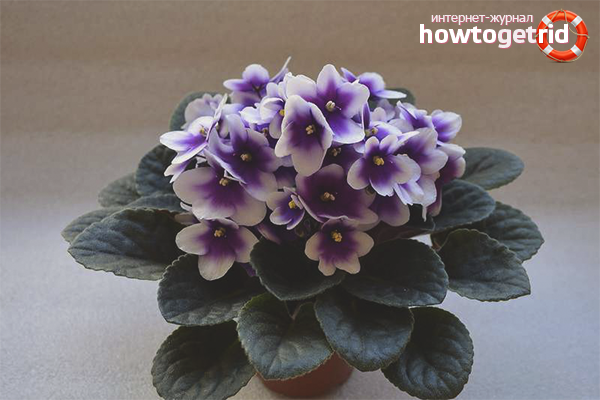
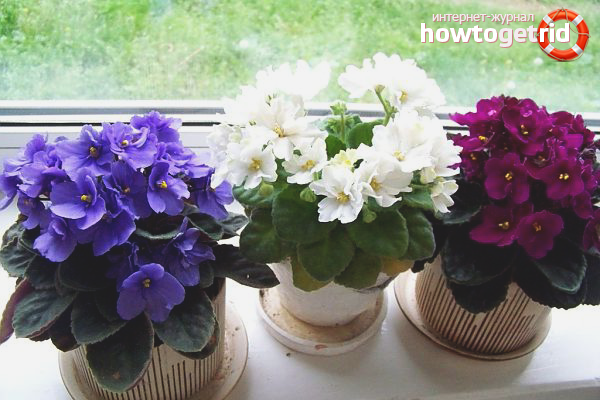
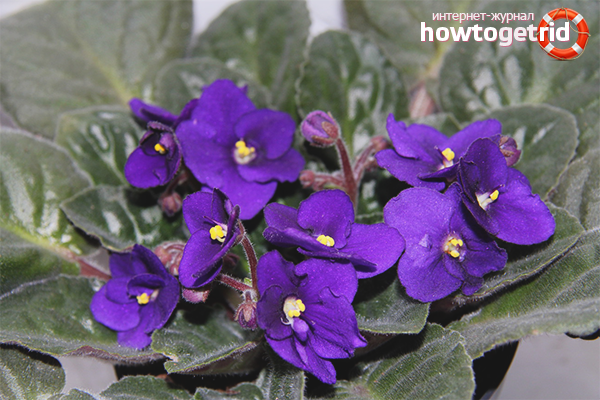

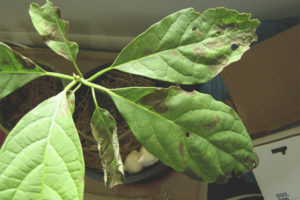



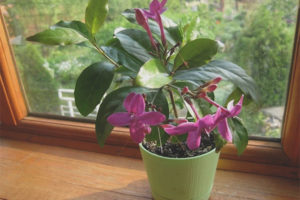

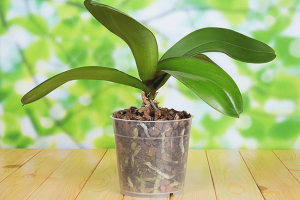
Submit